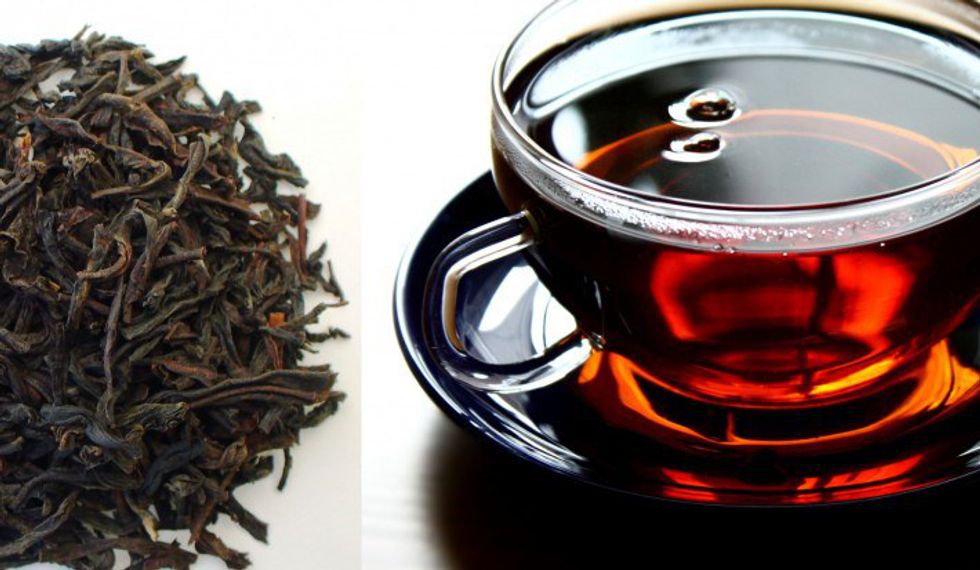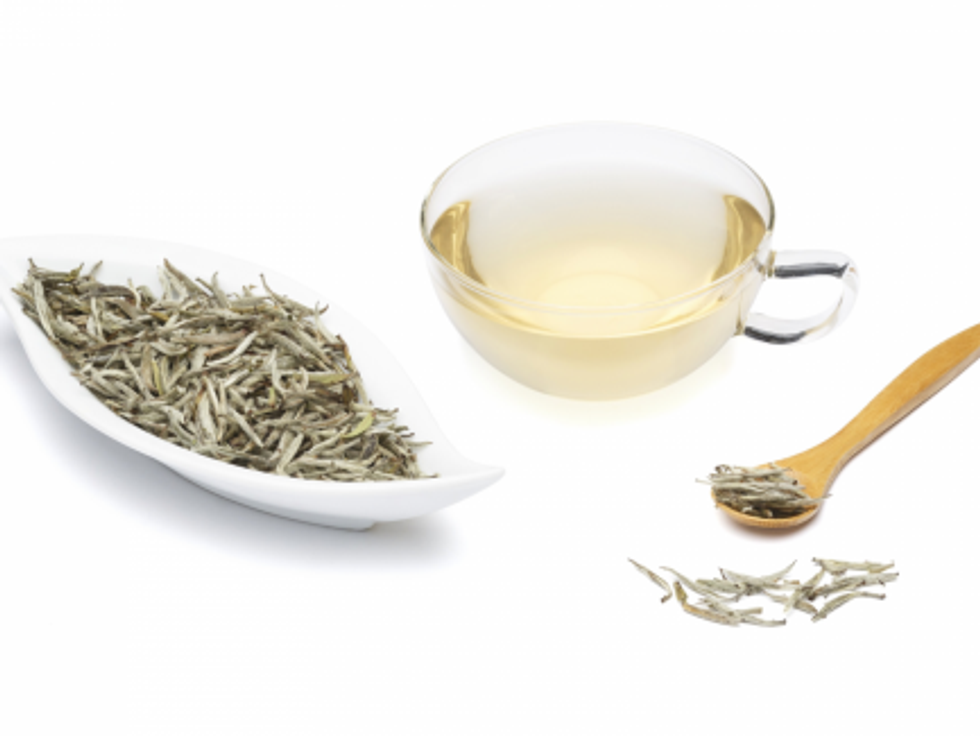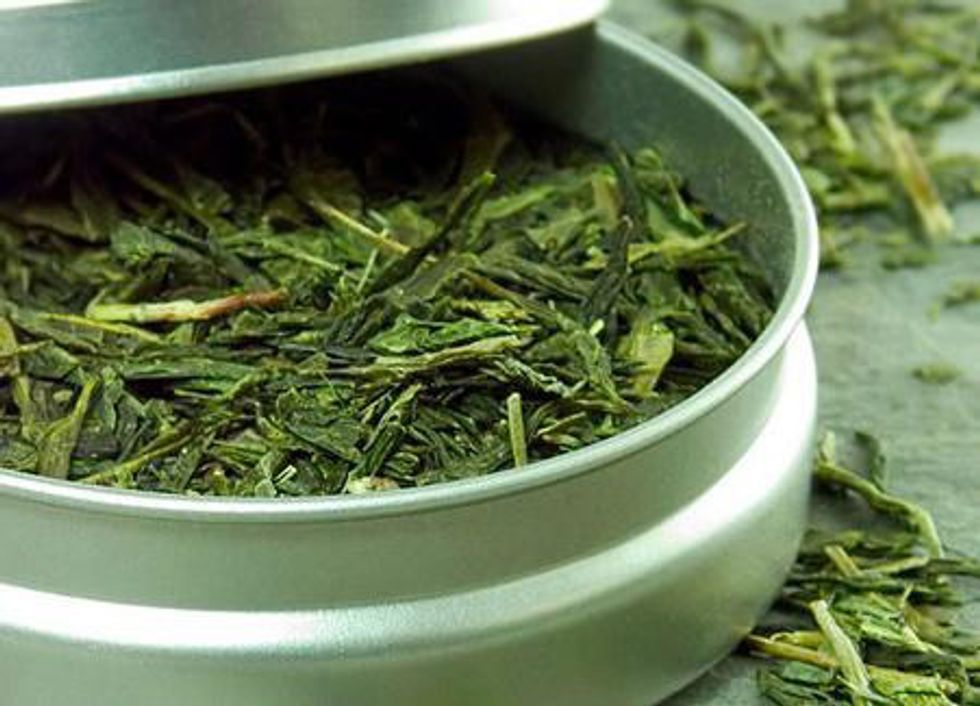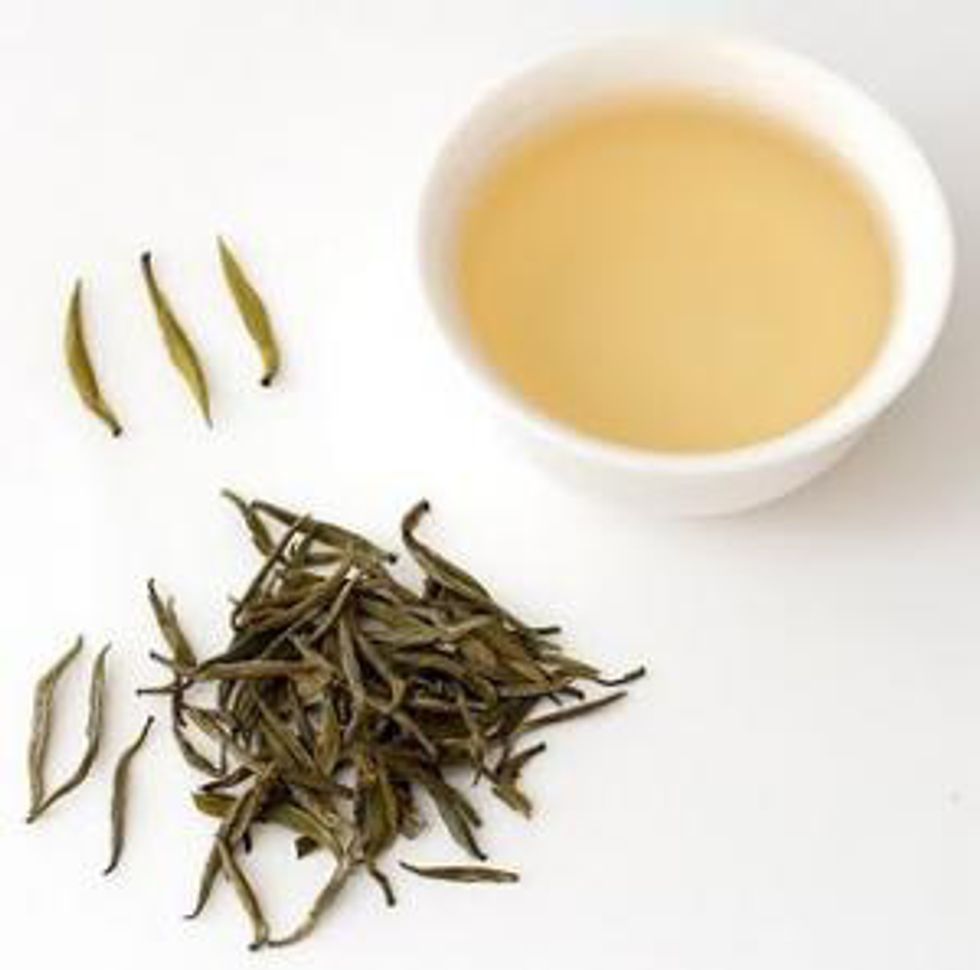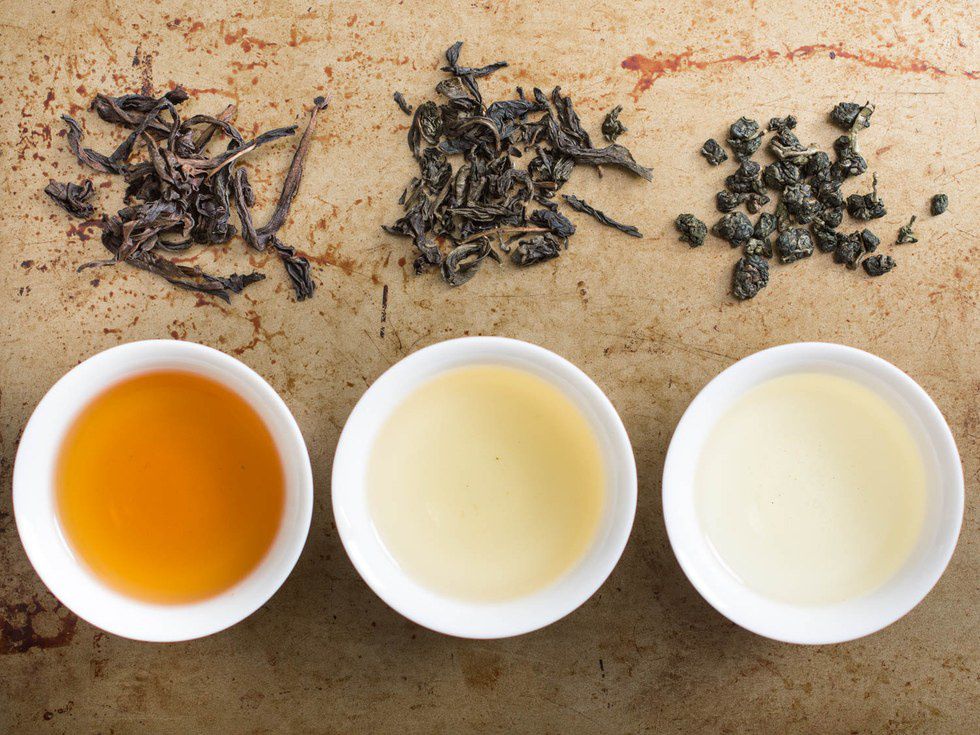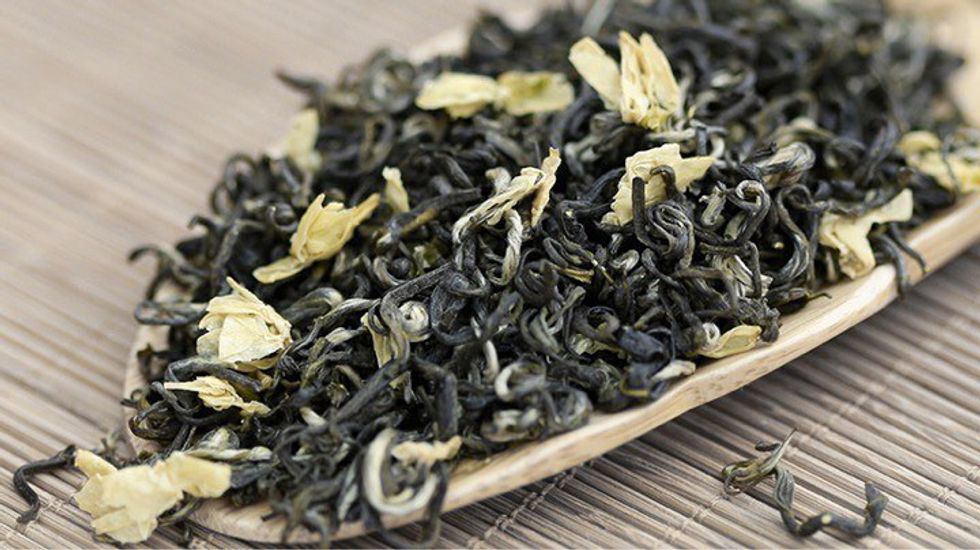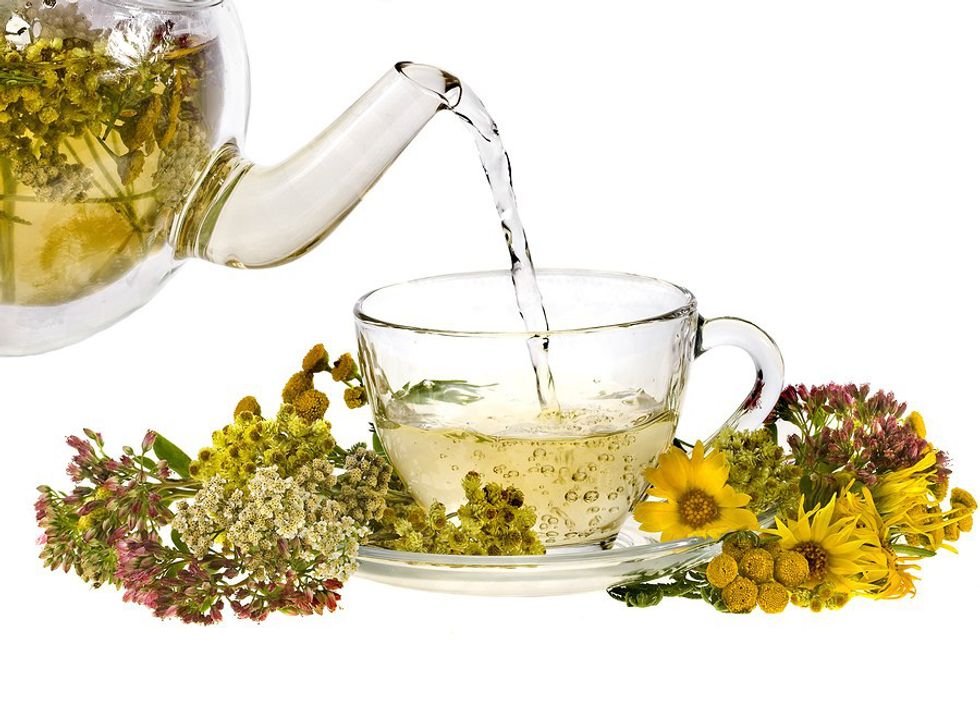The world of tea is extremely diverse. There are 8 general categories of tea, and within these categories, there are many sub-categories. But to keep things simple, let's just focus on the 8 broader categories and some teas that can be found in these categories. These teas range widely in flavors, color, and oxidization (exposure of bruised leaf to oxygen). However, despite the enormous differences that can be seen in these tea varietals, all tea come from the same plant, called the Camellia Sinensis.
1. Black Tea
Black tea, or red tea as it is known in China, is one of the most popular types of tea in the western world. It is mostly consumed as iced tea here in the USA, and is also commonly consumed hot with milk and sugar in Great Britain. This tea is a delight to those who enjoy a strong, malty, rich cup of tea to wake up in the morning, or to keep oneself going during the day. Some of the most famous black teas are teas known as English Breakfast, Darjeeling, Golden Bud, Jin Jun Mei, and Keemun Black Tea.
2. White Tea
As the name would suggest, white tea in it's dry loose leaf form, that looks as though it has white tiny hairs on the leaf (hence the name, Silver Needle). When brewed, the tea becomes a light yellow and the leaves turn a pale green. This tea is solely produced in China and is the least oxidized of all teas. The flavor profile of white tea can be floral, slightly sweet, and occasionally have a fresh hay scent and taste. Some examples of white tea include Silver Needle and Bai Mu Dan.
3. Green Tea
Green tea is another tea most people are fairly familiar with. Commonly drunk when one is ill, however there are many health benefits associated with this particular tea. This tea when brewed can be anything from a pale green to a rich deep emerald green. Some of the best green tea available comes from Japan. One of the most unusual green teas from Japan is the extremely popular matcha, which is a ground green tea that is mixed with 150-170 degrees Fahrenheit water until frothy, and is the tea served in the Japanese Tea Ceremony.
Green teas are very grassy in flavor, but usually never bitter if brewed correctly. If your green tea tastes bitter, try using cooler water, as the tea leaves are very sensitive to temperature. As a general rule, green tea should be brewed at around 170 degrees Fahrenheit. Some examples of green tea include Sencha, Gyokuro, Matcha, Bi Lo Chun, and Dragonwell.
4. Yellow Tea
This tea tends to be one of the least well known teas in the western world, due to it's rarity. Yellow tea is an extremely difficult tea to produce and is only produced within China. The processing of this tea is extremely labor intensive, and so little of this tea is available on the market.
The flavor profile is almost a mix of green and white tea. It tends to have the rich floral notes of white tea, with a wet hay scent, but also a grassy flavor as well. This tea is rumored to have been originally designed for a Chinese Princess who had a very sensitive stomach and couldn't drink green tea. As the story suggests, this tea is very soft on the stomach. Some names of this tea include Jun Shan Yin Zhen and Meng Ding Huang Ya (yellow buds).
5. Oolong (Wulong) Tea
Oolong tea, or Wulong (which means black dragon in Chinese) tea as it is known in China is one of the most varied types of tea out there. This tea is processed most commonly in both Taiwan and China. The Chinese wulong teas can be separated into three categories; Anxi, Dan Cong, and Wuyi wulongs.
Anxi oolong tea tends to be rolled into a tightly compressed ball and tends to be the least oxidized of the wulongs, yielding a much more floral sweet, grassy green brew. Dan Cong wulongs tend to be a step up from anxi oolong in the oxidation levels and tend to have a much stronger brew. The flavor profile of Dan Cong wulongs tends to be filled with notes of incense, orchids, and honey. Lastly, Wuyi wulong (or rock wulong) tea, which is grown in the Wuyi mountains tends to be the most oxidized of all teas and has the strongest brew, With robust, warm roasted notes, cinnamon and raisin notes, and a lingering flavor, wuyi wulongs tend to be one of my personal favorites. Some wulongs include Tieguanyin (Iron Goddess of Mercy), Da Hong Pao (Big Red Robe), Bai Ji Guan (white rooster Crest), Tie Luo Han (Iron Monk), Mi Lan Phoenix Dan Cong, and even Duck Shit wulong!
6. Puerh Tea
With most teas, the general rule is the fresher the better. Not so with Puerh Tea. This fermented tea actually increases in value with age. Puerh tea is generally compressed into cakes, or touchas (a bowl shape). It is also considered a living tea that changes in flavor profile as the years go by, similar to an aged wine. Puerh tea falls into two categories; ripe (shou) and raw (sheng) puerh tea. Ripe puerh tea is much darker in brew, almost like coffee, yet it tends to have a smooth, sweet, mossy, earthy, fresh tilled soil, and wet wood taste. The maocha (tea material used in puerh cakes) is sped up in the fermentation and is an idea of how sheng puerh will taste within 20-30 years of age.
Sheng puerh brews up green or yellow when young and has a very tart bitter stone fruit flavor. As the tea ages, the liquor gets darker and darker, and the flavor becomes softer and softer and is considered ripe in it's 20's to 30's of aging. When preparing this tea, a piece of the cake is pried off with a letter opener like knife or pick known as a puerh knife. This tea is extremely good for aiding in digestion and is used in Chinese medicine. The world of puerh simply cannot be covered in this article, as there are hundreds of thousands of blends, cakes, ages, and companies from which puerh tea can be purchased. Popularity of this tea has spread immensely in Russia, and is starting to become more popular here in the USA. So definitely give it a try!
7. Scented Tea
This tea is usually is what gets people into some of the more pure teas, like black, white, green, oolong, puerh, ect. Usually a black or green tea base, these teas are scented with fruits and flowers. These teas tend to be blended with lower quality tea leaves, since the scent added disguises the poorer quality. However, this is not always the case. Some of the most popular scented teas are jasmine green, earl grey, or lychee black tea.
 8. Herbal Tea
8. Herbal Tea
Lastly, we have herbal teas. While technically not considered a tea since herbal tea contains none of the leaves from Camellia Sinensis, these teas are known as tisanes. Usually consumed for various health benefits, or just a sensitivity to caffeine, these teas are a popular alternative to tea. They can aid in stress removal, sleeping, stomach pains, sore throat, digestion, and many more ailments. Some of the most popular types of herbal tea include chamomile, chrysanthemum, kuding tea, rosebud tea, peppermint, ginger, lavender, and many more.
There is a tea out there for everyone. The beauty of the tea world is it's broad selection of different varieties and flavors to choose from. So get out there and try some of these teas that you have never heard of! You won't regret it! It's a cup of tea. Cheers.




